Much ado has been made about the blockchain and the disruption of which it is capable. However, despite this enthusiasm, the majority of distributed ledger technology (DLT) projects stay afloat for a little over a year. As Deloitte has found, only 8% of blockchain projects are actively maintained. Perhaps even more frighteningly, DLT startups’ average lifespan is merely 1.22 years.
This blockchain project failure rate sounds disheartening to both VCs and entrepreneurs. It has also served as a cudgel for opponents of Web3 and its principles. However, the buck doesn’t stop at blockchain technology itself. Rather, there’s a pattern of business mismanagement that stops most ideas from turning into a successful blockchain project. From this pattern, we can single out three top reasons these enterprises fail at such dizzying rates.
Low-Value (or Non-Existent) Use Case
At the core of it, an enterprise exists to provide a solution. Startups that fail to address strong (or any) pain points often have unclear goals and no tangible deliverables. Alternatively, they may try to address pain points, but they do so with a non-viable product.
Not only does this put off investors and VCs looking for a worthwhile ROI, but it also hinders adoption. After all, there’s little demand for something nobody needs. That’s why projects that serve no purpose beyond being a joke die so often (take BoringCoin as an example).
Issues with finding good utility are common in new technologies, which explains why blockchain startups struggle in that regard. The framework for assessing DLT use cases is still immature; concerns like adoption costs, interoperability, and integration aren’t fleshed out enough for most C-suites to make educated decisions.
In lieu of concrete knowledge, people tend to rely on gut instincts and hype. As such, blockchain enthusiasts may feel tempted to cram DLT into every link in the value chain. However, blockchain should only replace legacy solutions where they have proven themselves unsafe, expensive, or otherwise inadequate.
Poor Community Building
As our understanding of blockchain technology improves, our understanding of how to market it also increases. Publishing a white paper and riding the wave it makes isn’t enough to grow a user base. Nowadays, there’s a far greater emphasis on input from community members, allowing the project to be developed democratically.
This is why practices like establishing trust, a clear project roadmap, creating/nurturing social platforms (e.g., Discord and Telegram), regular blog posts or AMAs, and bounty campaigns elicit such positive responses. Failed blockchain companies are often too rigid in their vision and rarely garner a committed community.
Expensive Blockchain Staff
At the moment, the position of blockchain developer is among the best-paid in programming. This is due to a profound shortage of expertise in the field, creating high demand in a market with scant supply. For that reason, fielding an entire dev team to create and maintain a proprietary blockchain can be exceedingly expensive.
Retaining blockchain developers can be even more difficult since their leverage in the market is so strong. There’s also an ever-present risk of your company’s blockchain developer being poached by a business that can pay them more. The precarity of this situation creates even more potential pitfalls for DLT projects.
Inery: Setting an Example With a Utility-Based Blockchain
In a market inundated with hype and low-value propositions, Inery stands out with a strong utility and vibrant community. It provides blockchain as a service to facilitate superior data management through its DBMS with an intuitive GUI.
The Inery blockchain separates itself from aimless DLT projects in several ways:
1. Strong Use Cases
Inery’s proprietary layer-1 blockchain offers a unique database management solution that addresses common pain points: data security and third-party data misuse. Through decentralization, Inery removes single points of failure since each node retains immutable instances of the network’s data. Moreover, the Inery blockchain removes third parties responsible for data commingling and other forms of data misuse.
This unique blend of strengths makes Inery valuable to various industries, ranging from real estate to telecoms and gaming.
2. Viable Solution to Industry Pain Points
Not only does Inery have a wide range of possible applications, but it’s also a viable alternative to legacy database management systems. For one, it facilitates a high transaction throughput of over 10,000 TPS. Combined with its under-30-second block creation time, Inery provides a competitive product capable of lightning-quick response times.
Moreover, Inery easily interfaces with existing systems, easily integrating into pre-existing technology stacks. Enterprises can make use of Inery’s services without having to find, employ, onboard, and retain in-house blockchain developers.
3. Thriving Community
Inery boasts a bustling community that believes in transparency, decentralization, and creating value from blockchain applications. Its Telegram and Discord groups have over 45,000 and 30,000 members, respectively. Community events are frequent and have great engagement. For instance, the 2022 Inery winter airdrop had over 17,000 entries.
This robust network of enthusiasts ensures Inery’s vision remains pointed and relevant. Moreover, it creates a system of trust that encourages investment and fortifies the enterprise against market shake-ups such as crypto winters.
Inery Proves the Viability of the Blockchain
Inery demonstrates that the failure of blockchain projects isn’t because of how the blockchain works. Rather, it takes a concrete product with great utility to make DLT worthwhile to both investors and users. Inery’s decentralized solution offers a unique answer to the all-too-common ills of database management. Together with a strong collective of proponents, Inery is building a worthwhile project that could redefine how we interact with data.
With that in mind, it makes sense that Inery is a major draw for investors from crypto and non-crypto spheres alike. It promises long-lasting growth powered by a valuable product and a decentralized Web3 community.
So take a quantum data leap with Inery, and experience the pure power of blockchain technology.

Inery•
2 years ago
Companies Are Profiting Off Of Your Data - What Can You Do?
Your personal information is part of a profitable data market. Click here to see why this is dangerous and what you can do about it. ...READ MORE
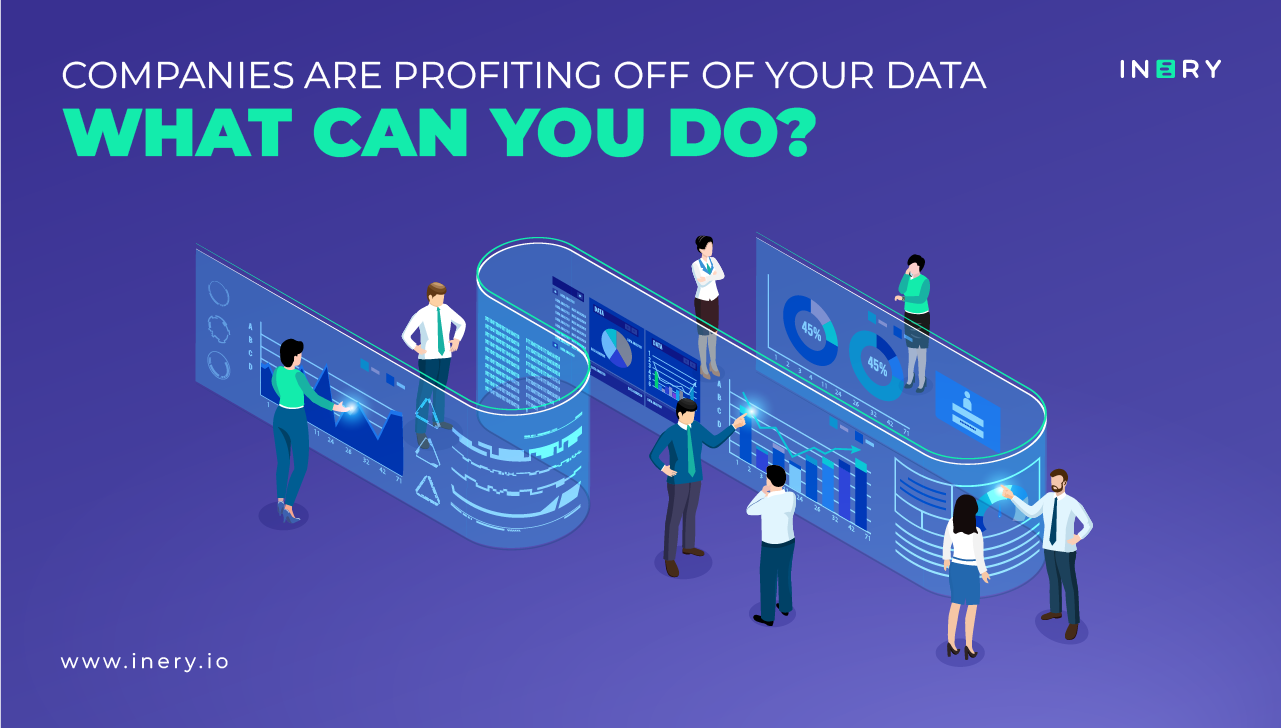
Share

Inery•
3 years ago
Unbundling Digital Identities: Adopting the New Way in Metaverse
Unbundling digital identities to give users more control over their data and better reflection on how they view themselves in the metaverse. ...READ MORE
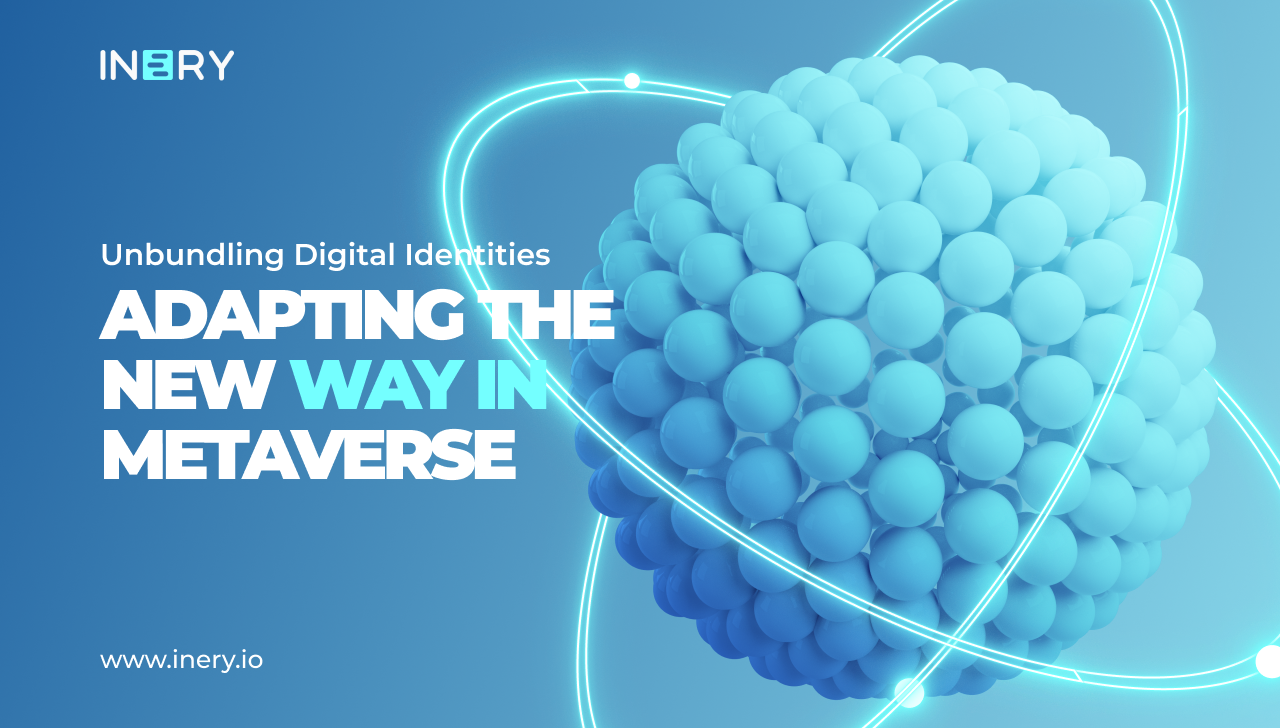
Share

Inery•
1 year ago
Blockchain and Big Data: How Inery is Leading the Charge
Learn how Inery leverages blockchain and big data to set new standards in secure, decentralized data management. ...READ MORE
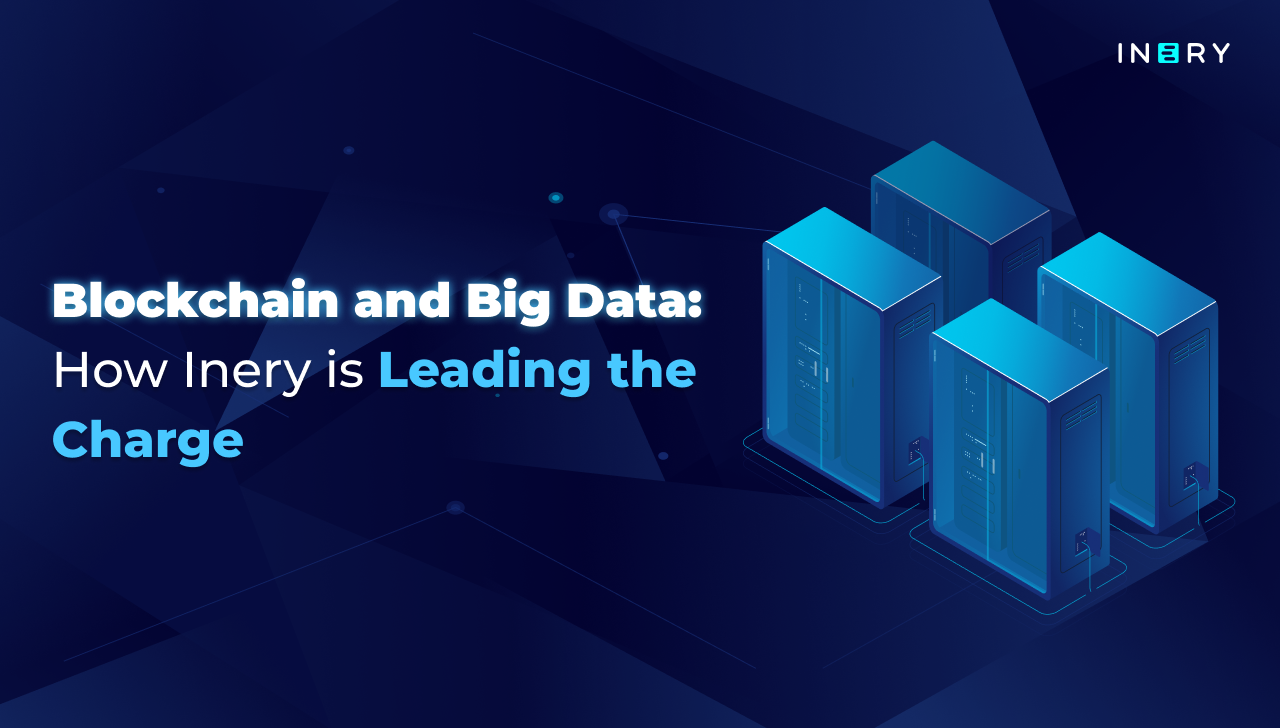
Share

Inery•
3 years ago
Our Vision for Metaverse: To Connect a Disconnected World
Changing the dynamics of metaverse from a platform-specific approach to the interoperability of content between different platforms. ...READ MORE
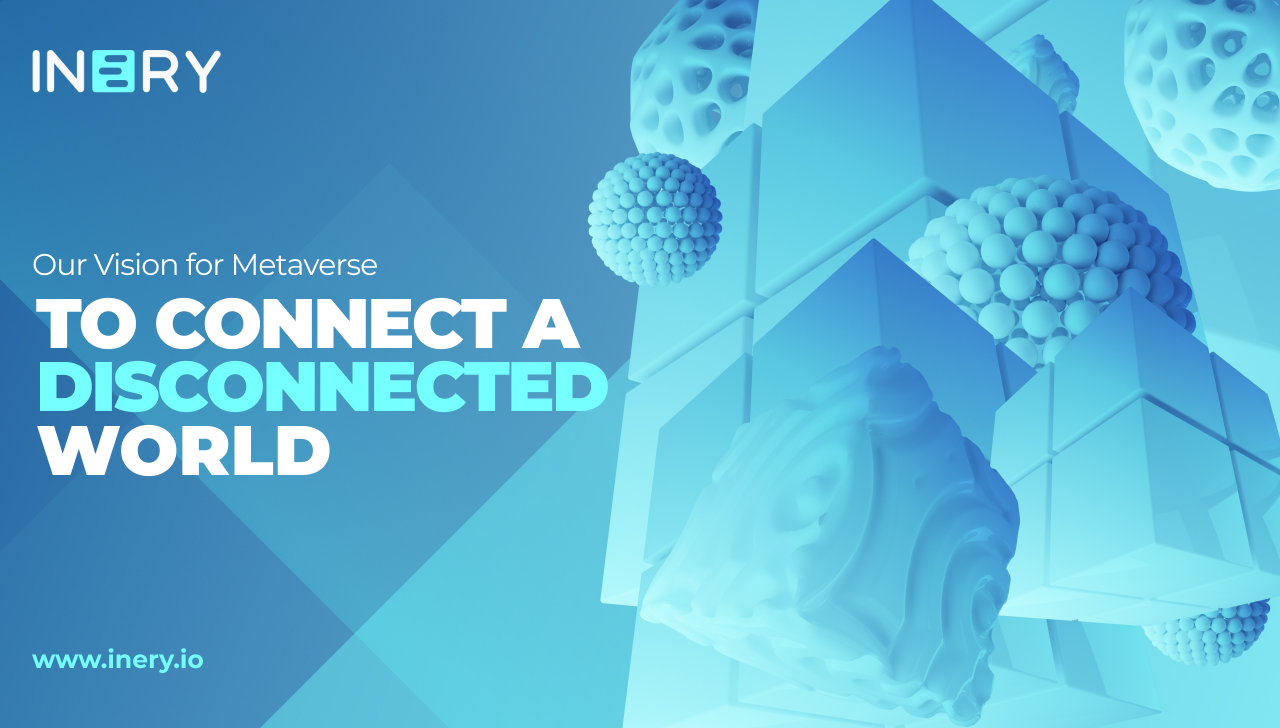
Share
Most popular today

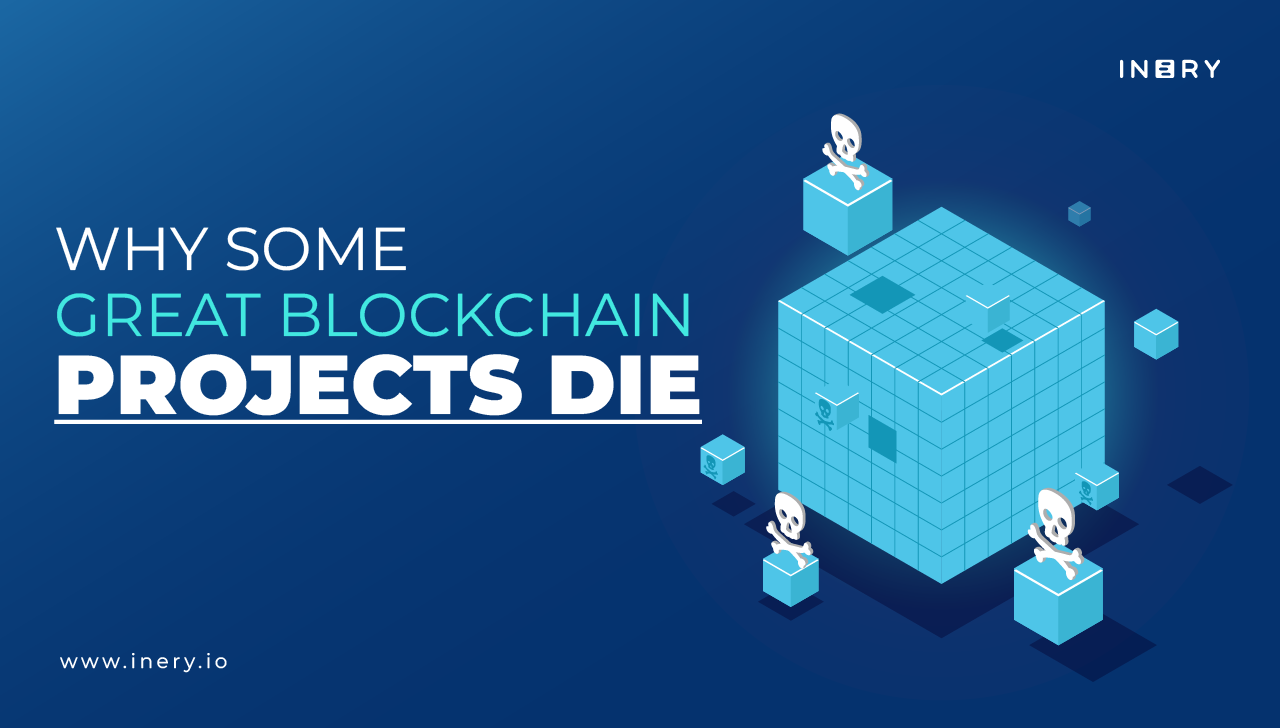
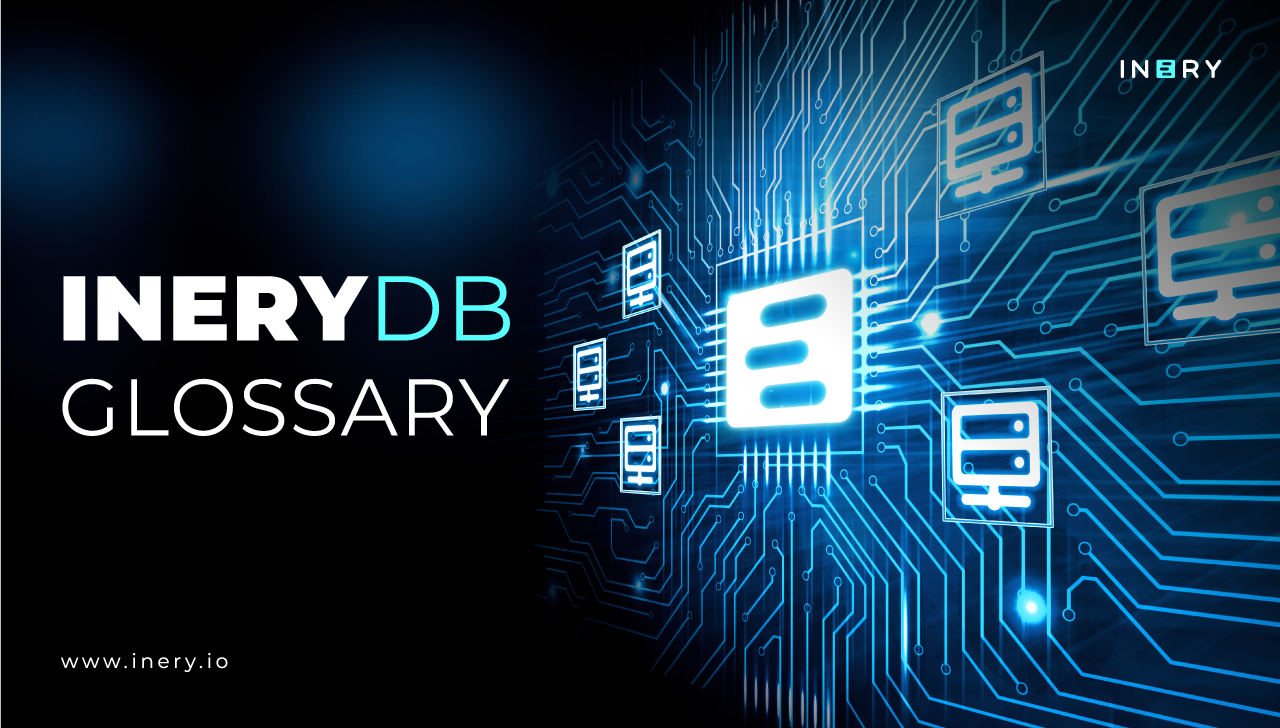
-1665070349.png)